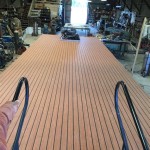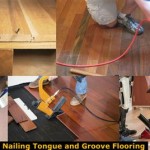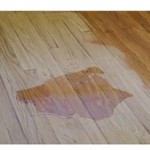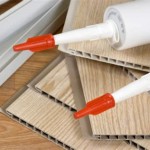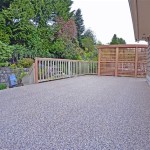Hardwood floors make a home look stunning and add a unique charm to any room. However, there are times when hardwood floors need to be removed. Whether you’re remodeling your home or need to replace an old hardwood floor, removing it can be a tedious process. Knowing the steps involved in hardwood floor removal can help you plan ahead and make the job easier.
Preparation and Planning
Before you begin removing the hardwood floor, it’s important to plan and prepare for the job. Make sure you have the right tools and materials for the job. You’ll need a crowbar, a flat pry bar, a hammer, a saw, and a chisel. Have a vacuum cleaner, dustpan, and broom on hand for collecting the debris. You may also need to rent a few tools, such as a floor scraper and a power saw. Finally, make sure the room is clear of furniture and other items that may get in the way.
Removing the Floor
Once you’ve planned and prepared, it’s time to start removing the hardwood floor. Start by using a hammer and chisel to remove the molding along the edges of the room. This will help you access the floorboards beneath. Use a flat pry bar or floor scraper to remove the floorboards. Start at one end of the room and work your way to the other end. If the boards are nailed down, you’ll need to remove the nails with a hammer or pry bar before you can remove the boards. Be careful not to damage the subfloor beneath.
Removing the Adhesive
Once all the floorboards are removed, you’ll need to remove the adhesive that held them down. Use a chisel and hammer to scrape off any adhesive residue from the subfloor. You may need to use solvents and scrapers to remove more stubborn residue. Be sure to wear a respirator and protective eyewear when using solvents.
Cleaning and Disposing of Debris
Once the adhesive is removed, it’s time to clean up the mess. Use a broom and dustpan to collect the debris. You may need to use a vacuum cleaner to get up any dust and small particles. Dispose of the debris in an appropriate manner, such as by taking it to a landfill or recycling center.
Repairing and Replacing the Subfloor
Once the debris is cleared away, it’s time to repair and replace the subfloor. Check for any damage caused by the removal, such as weakened floor joists or damaged subflooring. If necessary, repair or replace the subfloor. This step may require the help of a professional.
Installing the New Floor
Once the subfloor is repaired, it’s time to install the new hardwood floor. Make sure the new flooring is the same type and thickness as the old flooring. Use a saw to cut the flooring to fit the room. Apply adhesive to the back of the flooring and install it according to the manufacturer’s instructions. Once the new floor is installed, apply a finish to protect it.
Conclusion
Removing a hardwood floor is a challenging task, but it can be done with the right preparation and knowledge. Following the steps outlined above can help you remove the old floor and install a new one quickly and safely. If you’re unsure of how to do the job correctly, it may be best to hire a professional to do the job for you.















Related Posts

